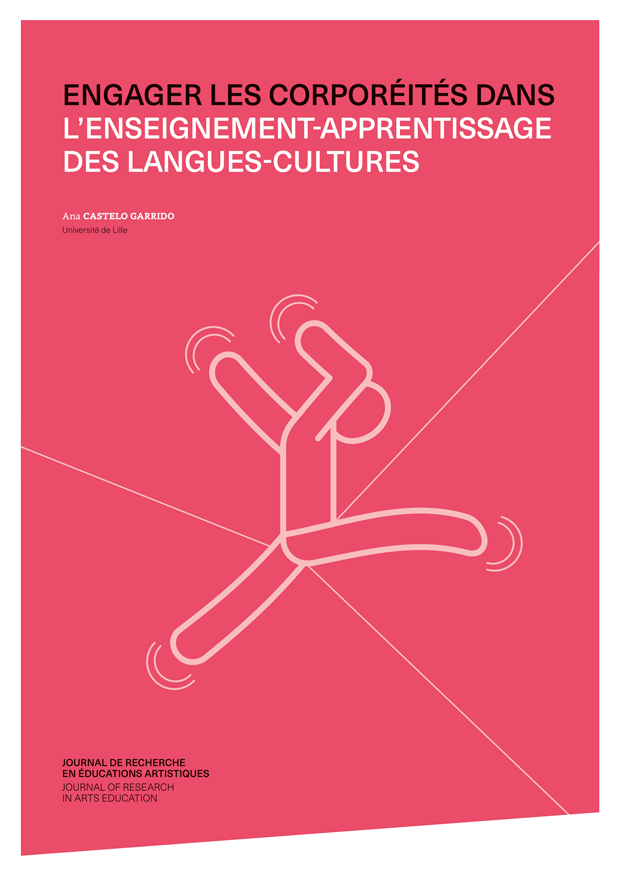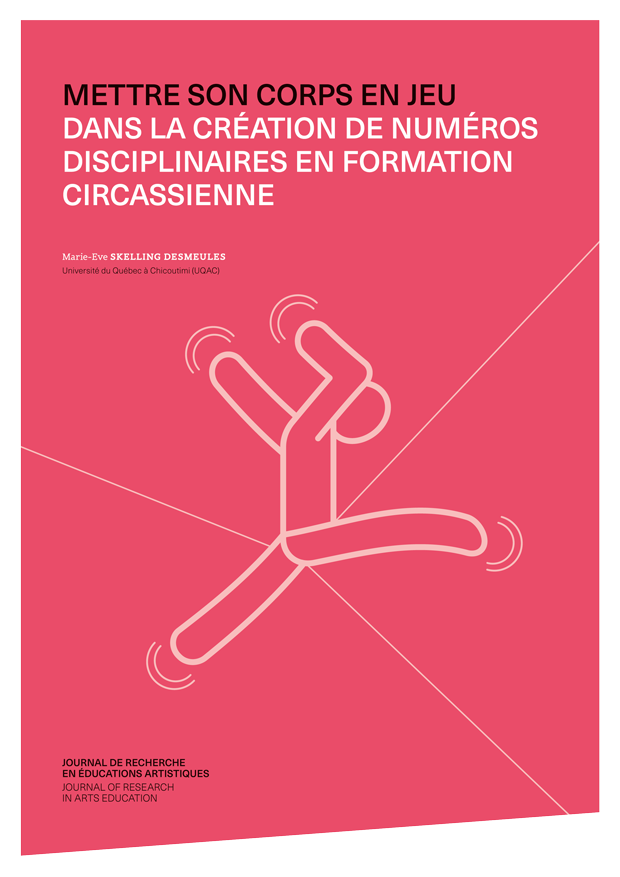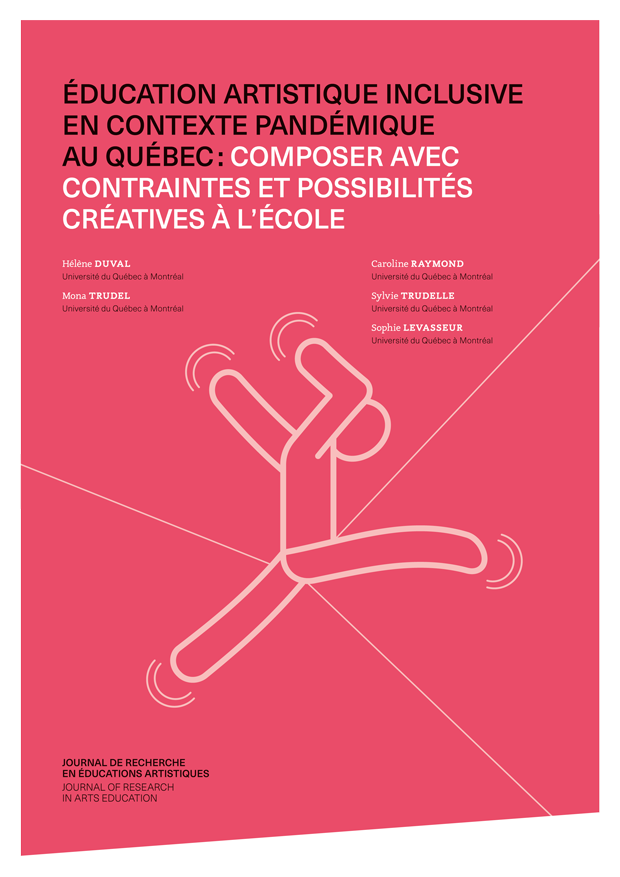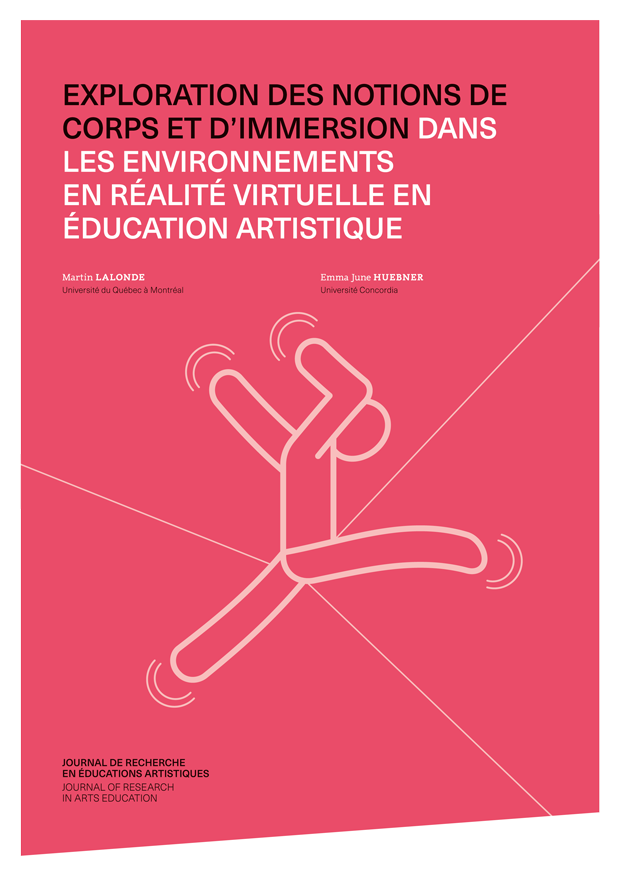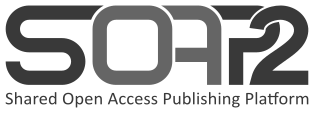No. 4 (2024): The place of the body in education of art creation: Challenges and questions
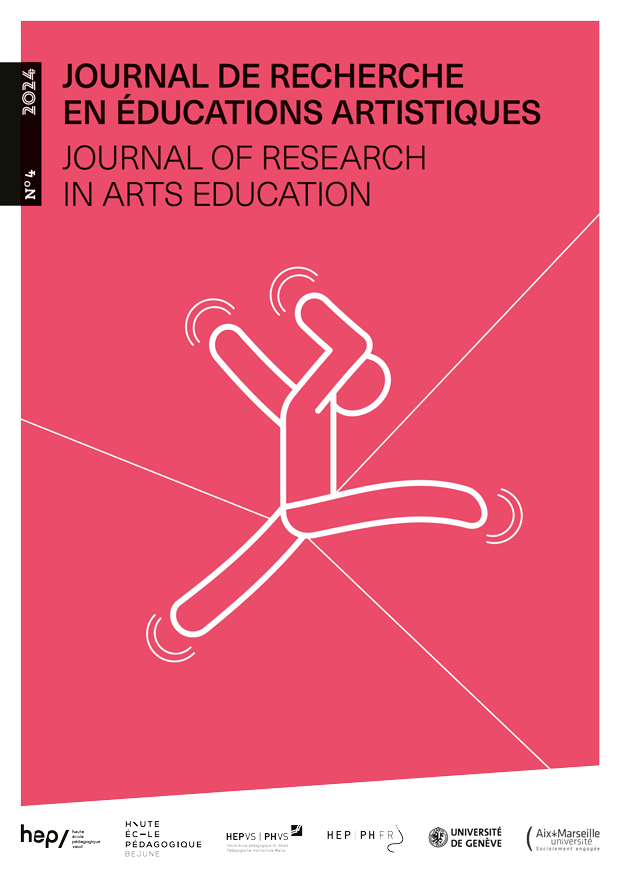
This issue 4 of the JREA/JRAE journal follows a study day organized at the HEP_Vaud University of Teacher Education on June 6th, 2023. It explored the challenges raised by the body in education of art creation. In this issue, we would like to publish articles related to this subject.
While the verb “to transmit” is embodied in dance education, as it literally refers to “put into someone else’s body” (Mili & al., 2013, p.92), the proposal consists of interrogating the concept of transmission by expanding it to other art disciplines in their diversity (visual arts, music, design, creative activities, performing arts, etc.).
During the 20th century, art disciplines in education moved from an approach centered on the final product and technical skills to one based on process (Lahalle & Lagoutte, 2006) as an art “making” at the border of practice and thinking (Pélissier, 1998). From this perspective, the special issue attempts to define the close relationship between the embodied knowledge process and creation process in art education. It questions the notions of corporeality, corps propre, incorporation, and embodiment during the creation process in an educational environment.
Although the body became central in education from the beginning of the 20th century with the emergence of active teaching methods (Jaques-Dalcroze, Montessori, Kodály, Willems, Orff, Freinet, etc), Pujade-Renaud (2005) describes a completely different reality in the training context. This is crystallized into the invisibilization of a “zombie-student’s” body (p.13), the presence of which is reduced to the simple use of the ear and hand. The author suggests “the restoration of our relational, corporeal, and affective life, facilitated by spatial change, to foster language circulation” (p.51).
The contribution of the cognitivist approach, on which education sciences have been based for a long time, seems to have reached its limits in several research areas such as psychology, neuroscience, philosophy, and linguistics. New approaches, such as embodied cognition, follow phenomenological perspectives and open educational pathways by replacing the body at the center of the learning process.
In the more specific field of artistic education, we ask about the extent to which learners’ corporeality is involved in creating experiences in art disciplines. We propose to explore this theme around three axes: the mediator body (the body in direct relationship with its surrounding environment), mediated body (the body with regard to digital and non-digital technologies), and mediatized body (challenges of distance art education).
